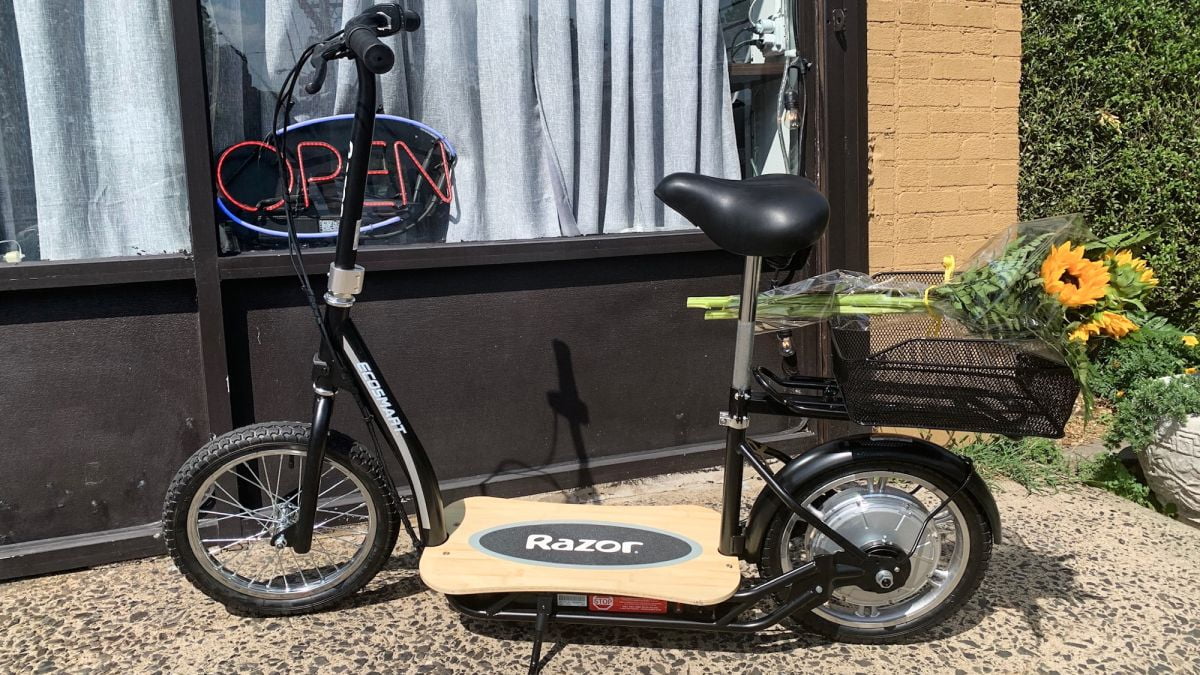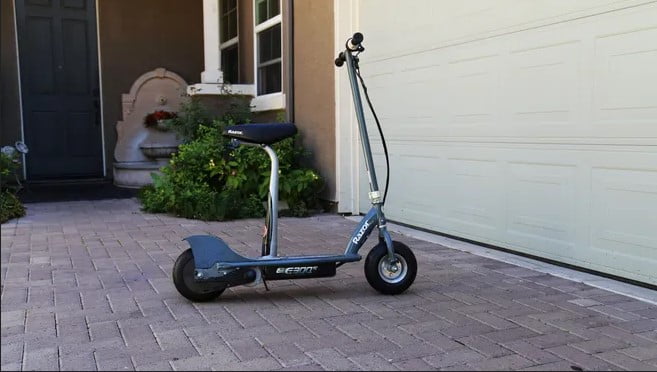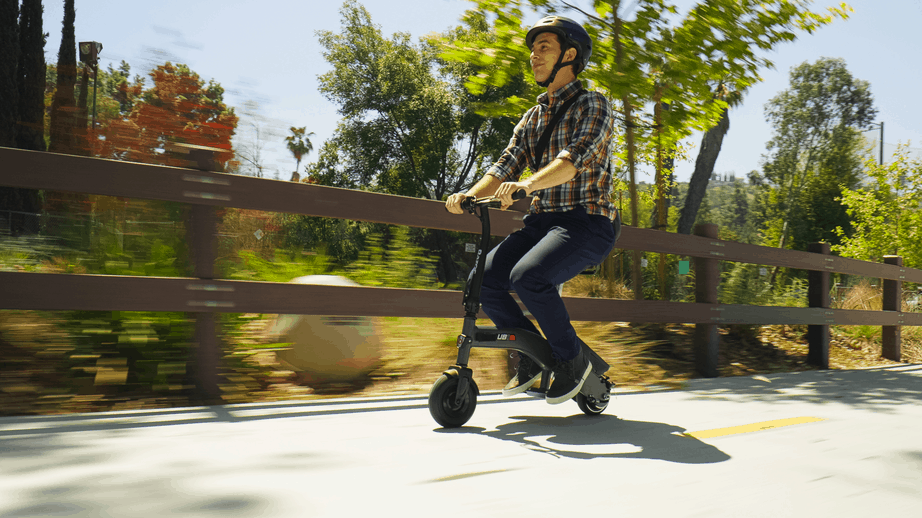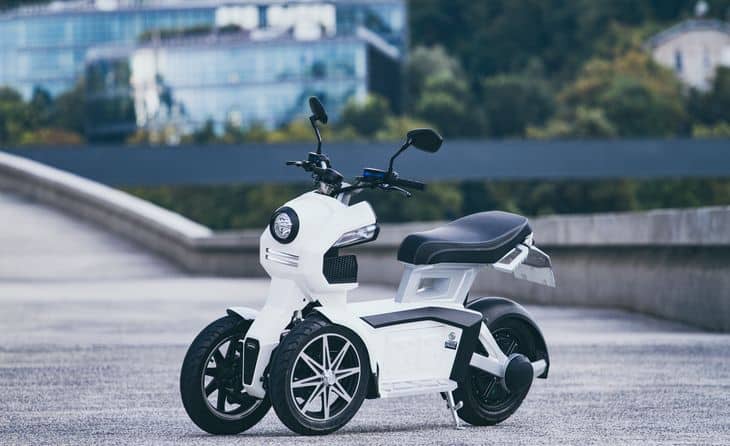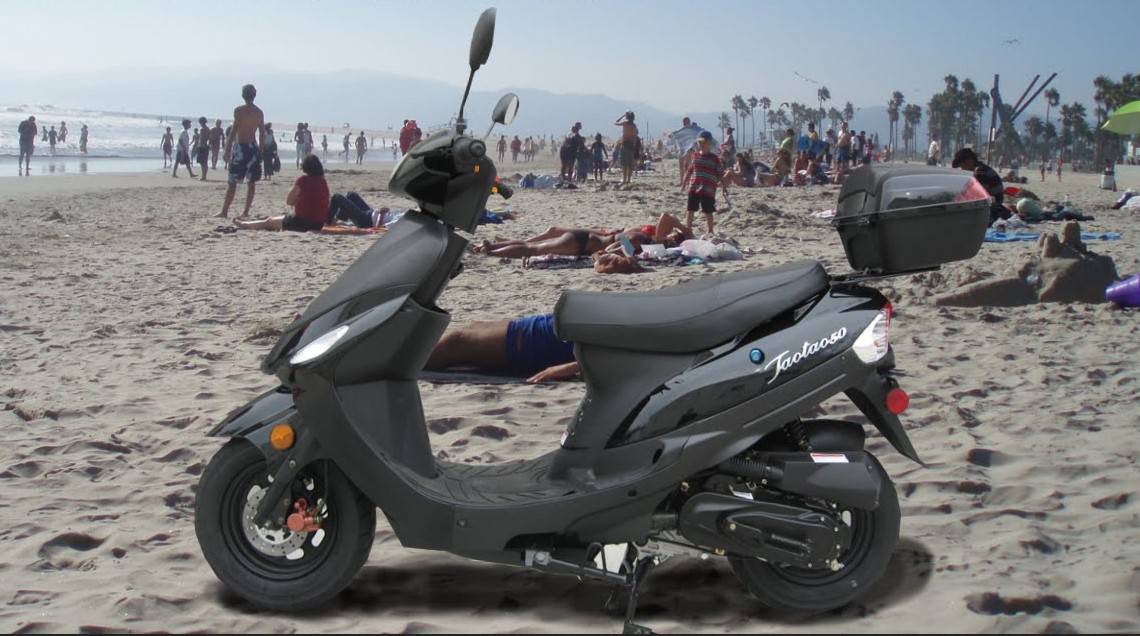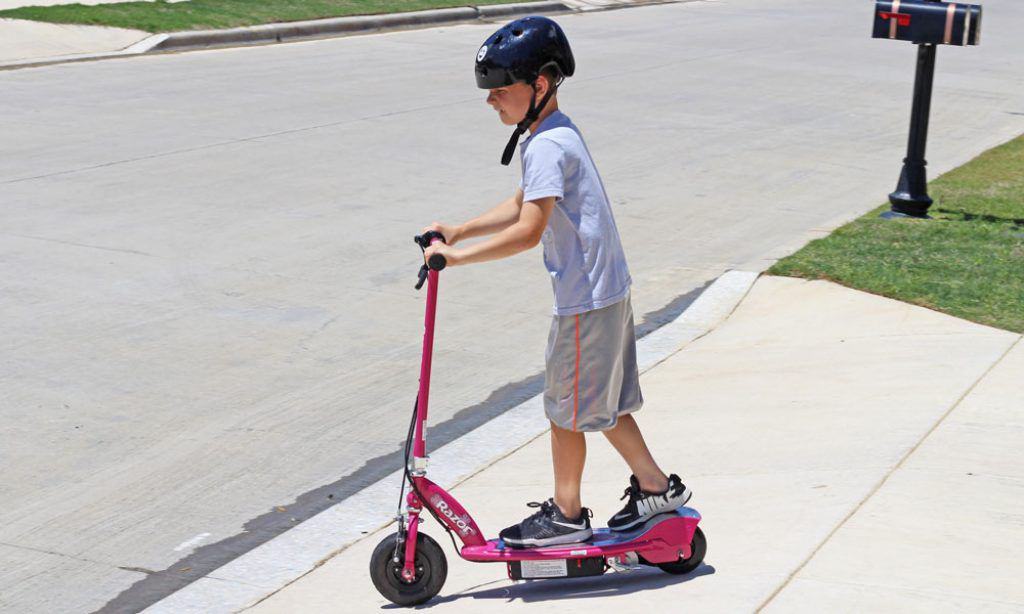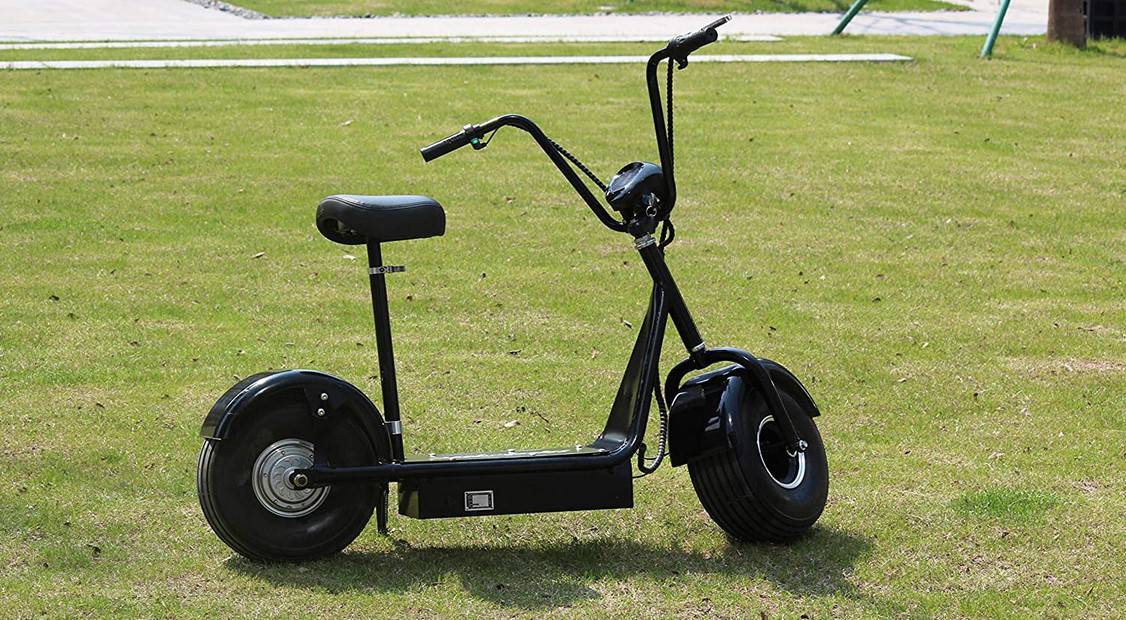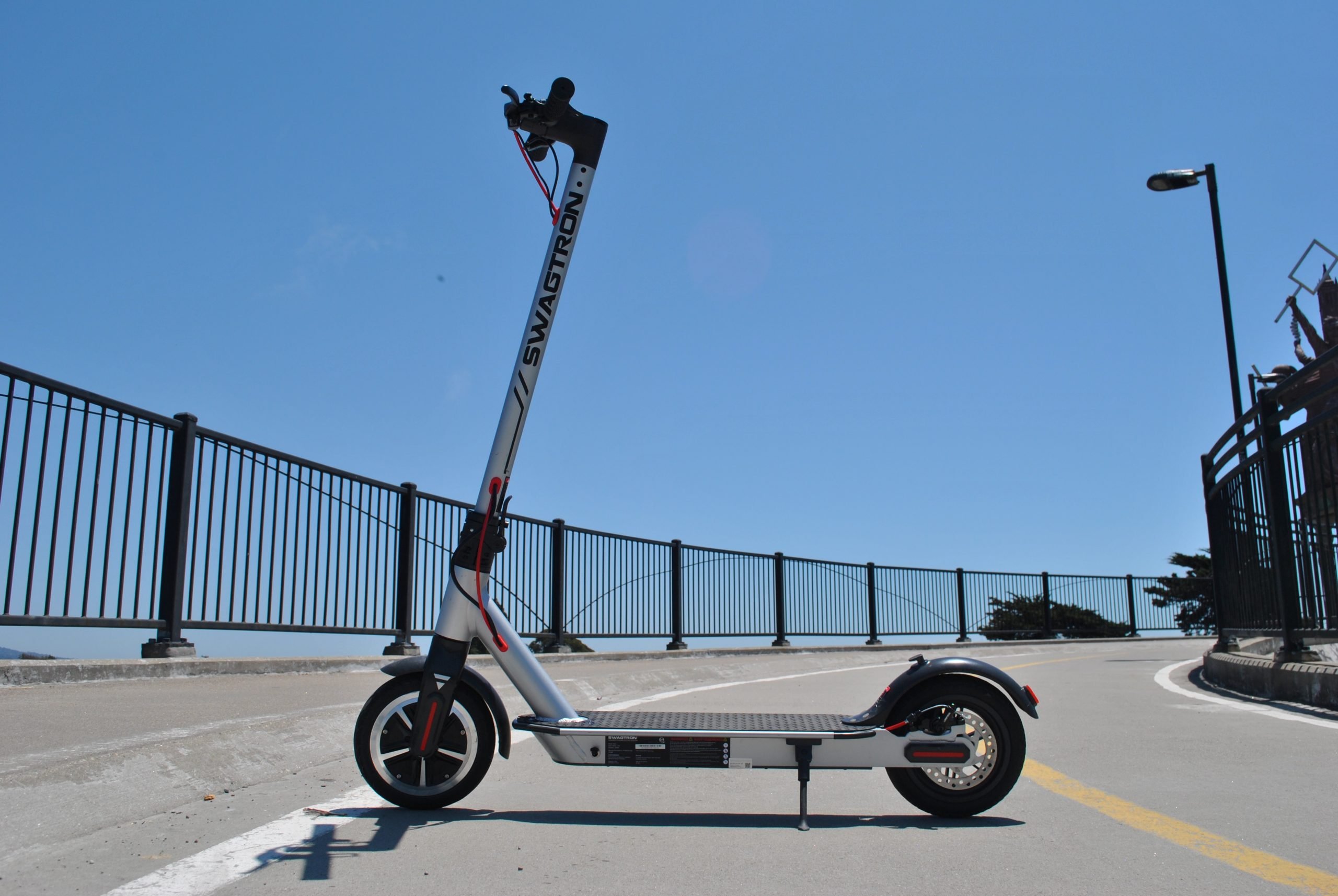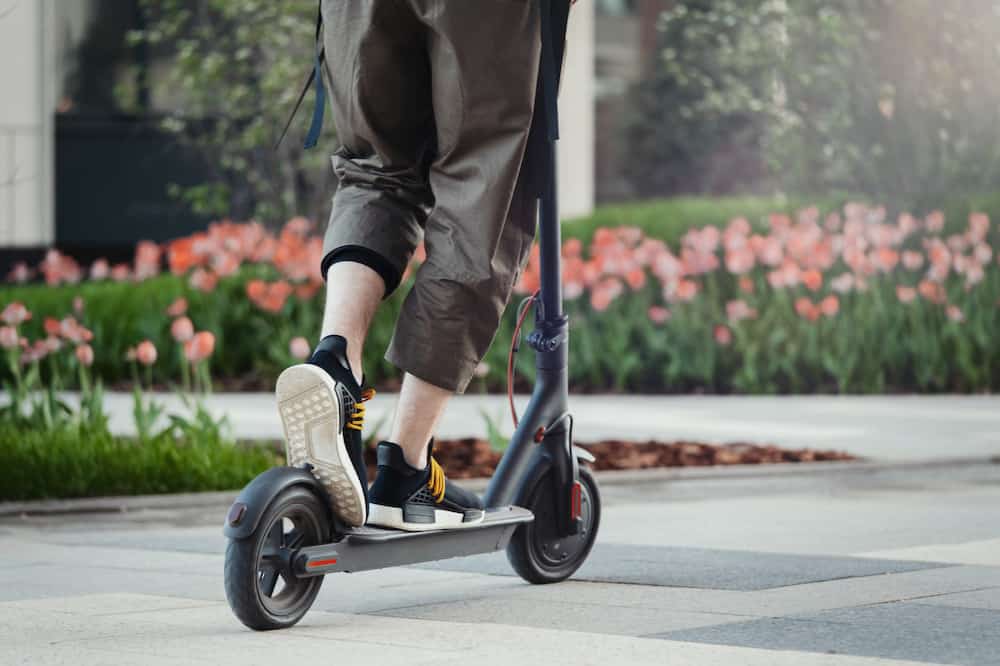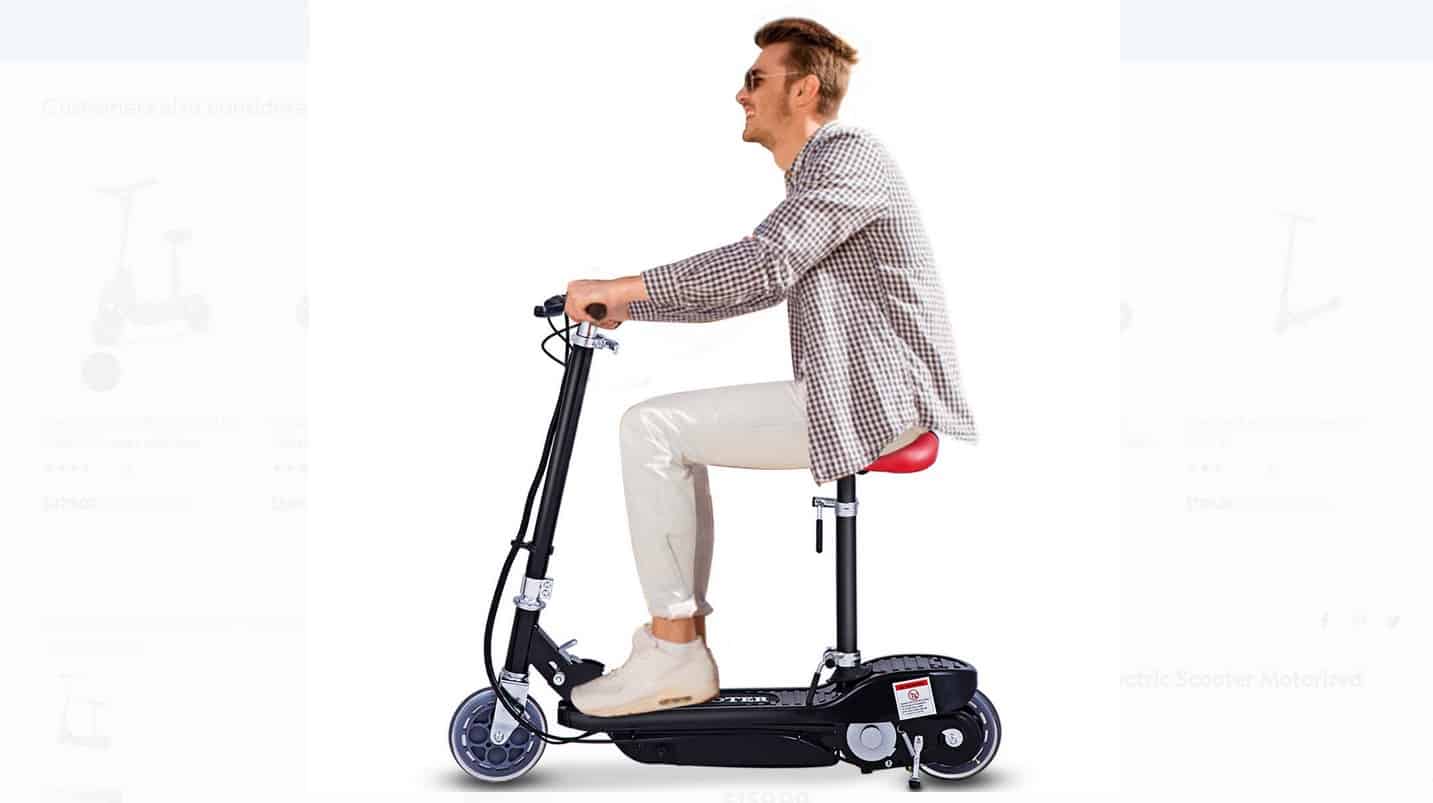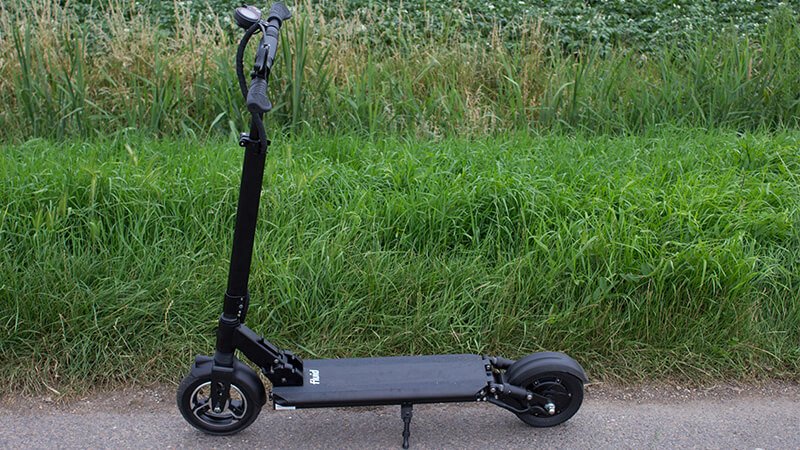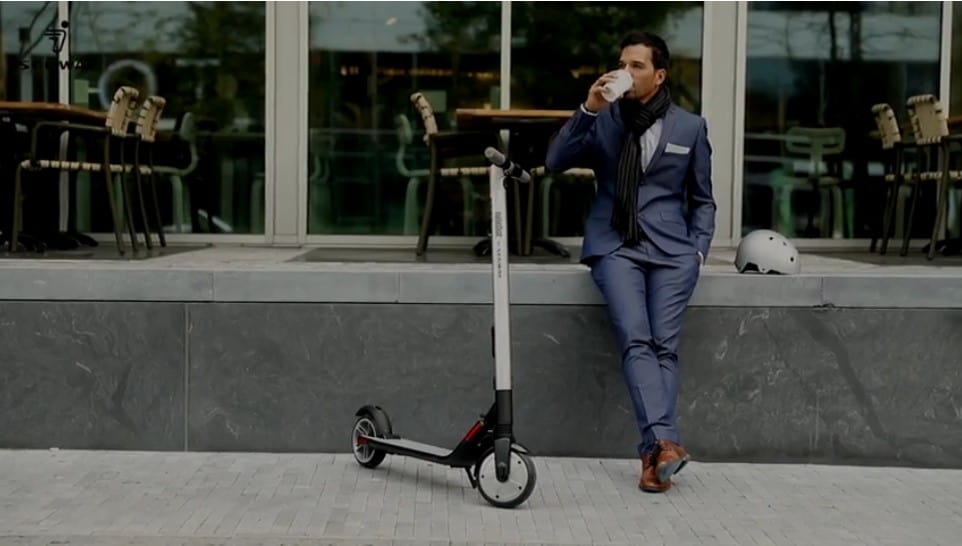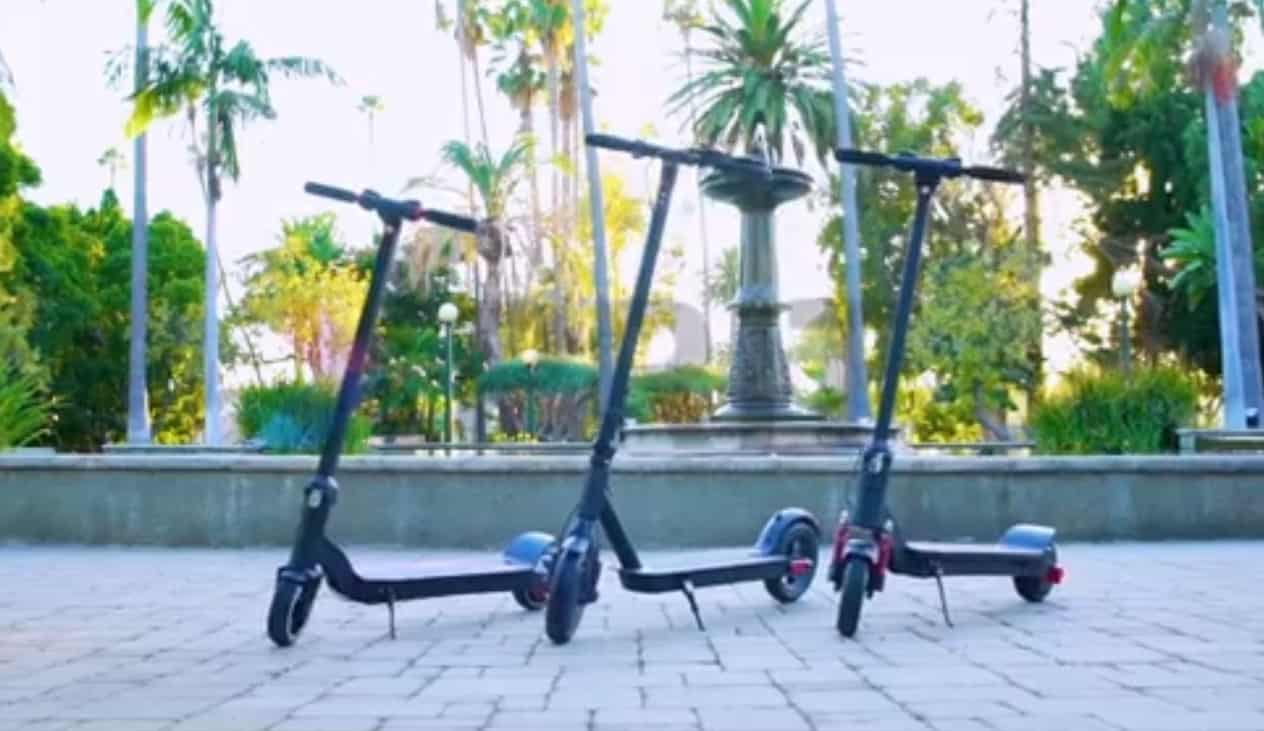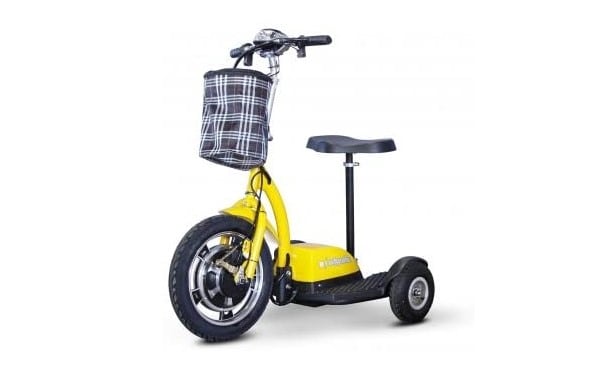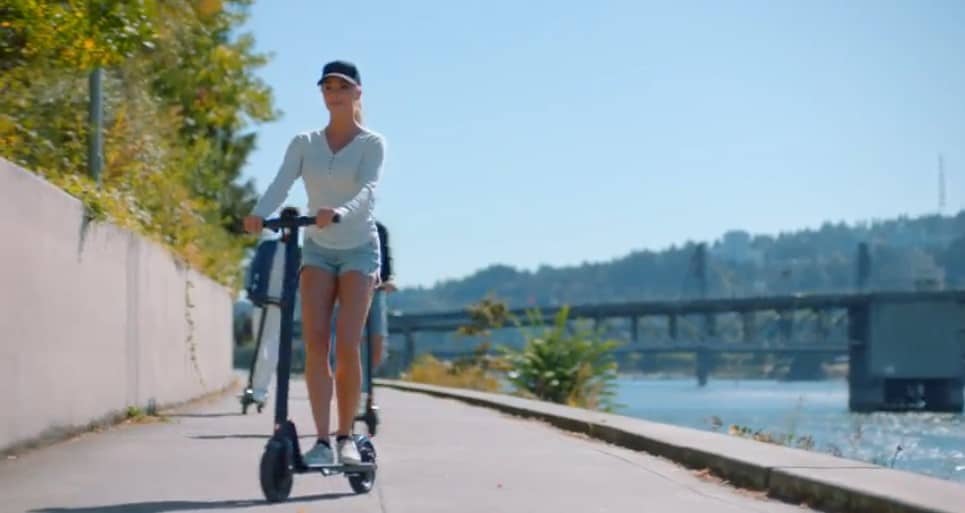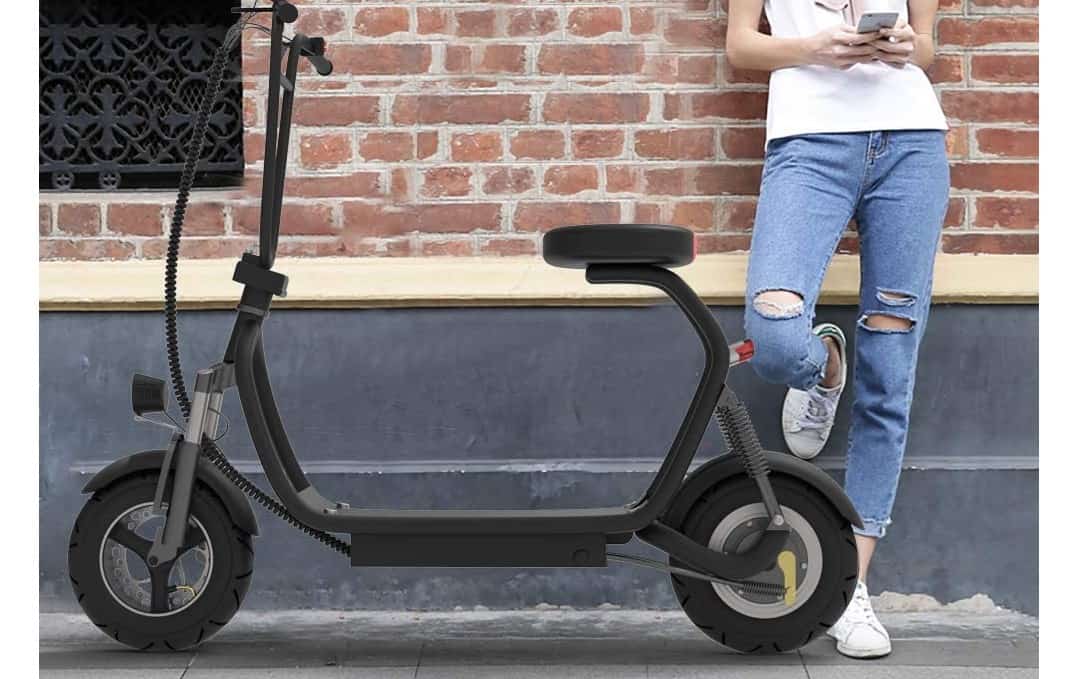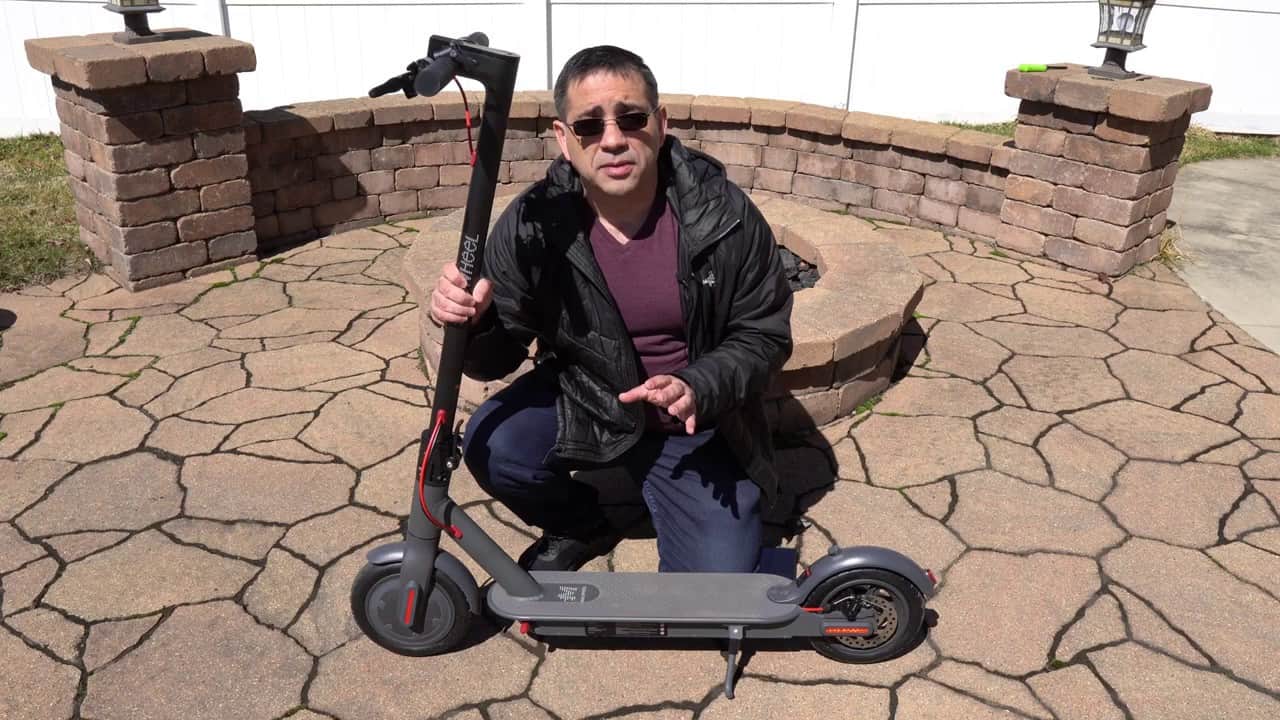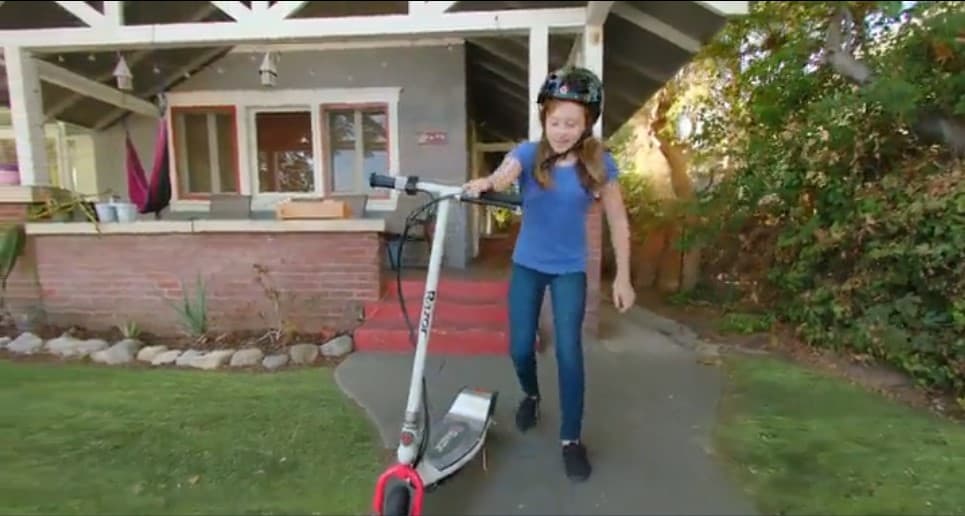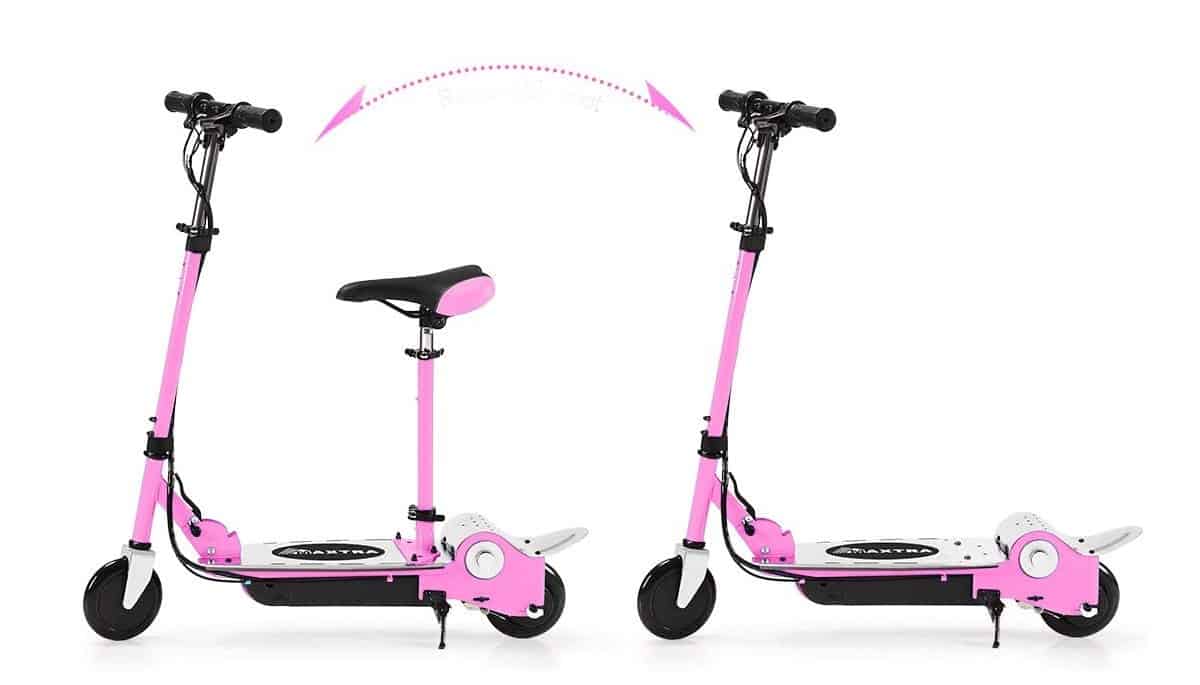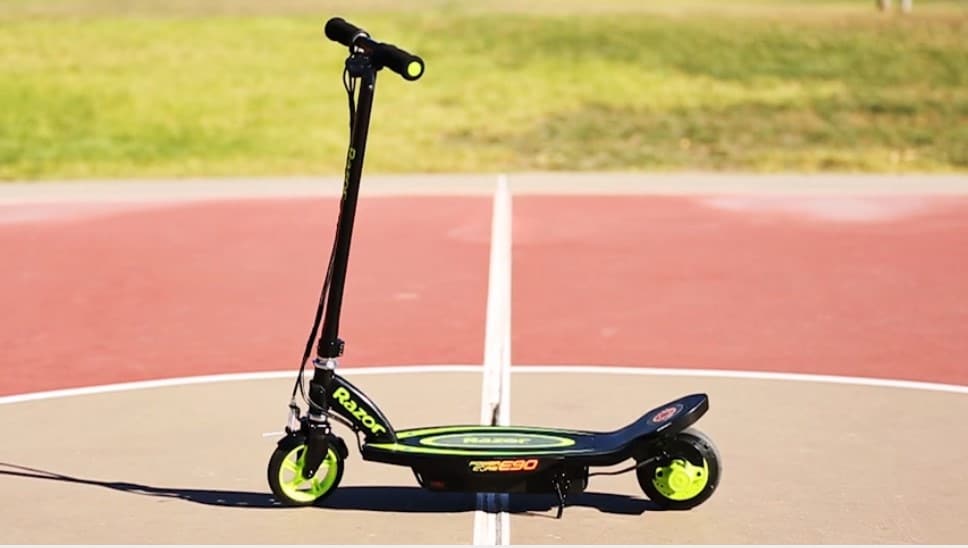Regenerative braking is a hot buzzword right now and is typically referring to how an electric car replenishes a charge while braking. This may leave consumers to wonder if regenerative braking on an electric scooter is as effective and efficient as with e-cars. And since we’re talking regenerative braking, then you may want to check out some of these top-rated electric scooters that have that.
KEY TAKEAWAYS:
- Regenerative braking is a process by which the energy used to brake a vehicle is converted into energy to be used by the battery.
- This process is extremely popular and efficient when it comes to electric cars, due to the massive weight of the average automobile.
- Regenerative braking is available for select e-scooter and e-bikes, but it is not that efficient. Generally, it will increase your battery life by around five to 10 percent.
What is Regenerative Braking?
Before you can know how an electric scooter handles regenerative braking it is important to understand the concept itself. Regenerative braking takes the force that is applied while braking and converts it to useable energy which is then sent to the battery. This is a primary functionality when it comes to electric cars and one of the reasons they get such good mileage. Also good to know now is that many public locations have outlets for charging electric scooter batteries.
Insider Tip
Regenerative braking takes the force that is applied while braking and converts it to useable energy which is then sent to the battery.
How Efficient is Regenerative Braking With Electric Scooters?
Now for the bad news. When it comes to personal transportation vehicles, such as electric scooters and electric bikes, regenerative braking is still a nascent technology. In other words, it is not very effective when it comes to e-scooters. Regenerative braking systems can help increase the battery life of a scooter from five to 10 percent, which is not very much.
Why is this? It’s simply a matter of weight and force. Cars are extremely heavy and boast a whole lot of thrust. Hitting the brakes with a car demands a lot of power and creates a lot of useable energy in return. Scooters and e-bikes are relatively light and the energy transformed while braking with them is on the lower side.
How to Increase Battery Life on a Scooter
Despite regenerative braking being inefficient for now, there are some efficient ways to increase the battery life of your scooter.
Insider Tip
Hitting the brakes with a car demands a lot of power and creates a lot of useable energy in return. Scooters and e-bikes are relatively light and the energy transformed while braking with them is on the lower side.
Properly Charge the Battery
One of the best ways to maximize battery life is to understand the charging mechanism and act accordingly. Lithium batteries can operate at peak efficiency for around 300 to 500 charging cycles. These batteries will not complete a charging cycle, however, until they are fully depleted or if they are left fully charged for a long period of time. So, you should make it a habit to keep the battery charged to around 40 to 90 percent of its maximum capacity. This will reduce the number of times the battery completes a charging cycle. Another good maintenance habit is just checking if your electric choke works well enough.
Adhere to Weight Limitations
Scooters have a maximum weight limit for a reason. Exceeding this limitation will place undue strain on the battery, shortening its overall lifespan and reducing your maximum range in the process.
Warning
Regenerative braking systems can help increase the battery life of a scooter from five to 10 percent, which is not very much.
F.A.Q.
What happens to electric vehicles that use regenerative braking when the battery is full?
If the battery is full, the stored-up energy from braking will have nowhere to go. It will usually be dispersed into the atmosphere.
What are the downsides of regenerative braking?
For now, the primary downside of regenerative braking is inefficiency when it comes to light vehicles such as e-scooters. Another downside is the technology needed to complete the process can be on the expensive side.
Are electric scooters the future of transportation?
Maybe. Electric scooters will certainly be one part of the future of transportation, but it remains to be seen how popular they will become with average consumers.
STAT: No machine can be 100% efficient (without breaking the laws of physics), as any transfer of energy will inevitably incur some loss as heat, light, noise, etc. (source)
REFERENCES:
- https://en.wikipedia.org/wiki/Regenerative_brake
- https://en.wikipedia.org/wiki/Electric_motorcycles_and_scooters
- https://en.wikipedia.org/wiki/Motorized_scooterr
- https://www.sae.org/publications/technical-papers/content/2014-01-1878/
- https://www.sciencedirect.com/science/article/abs/pii/S0196890410003481

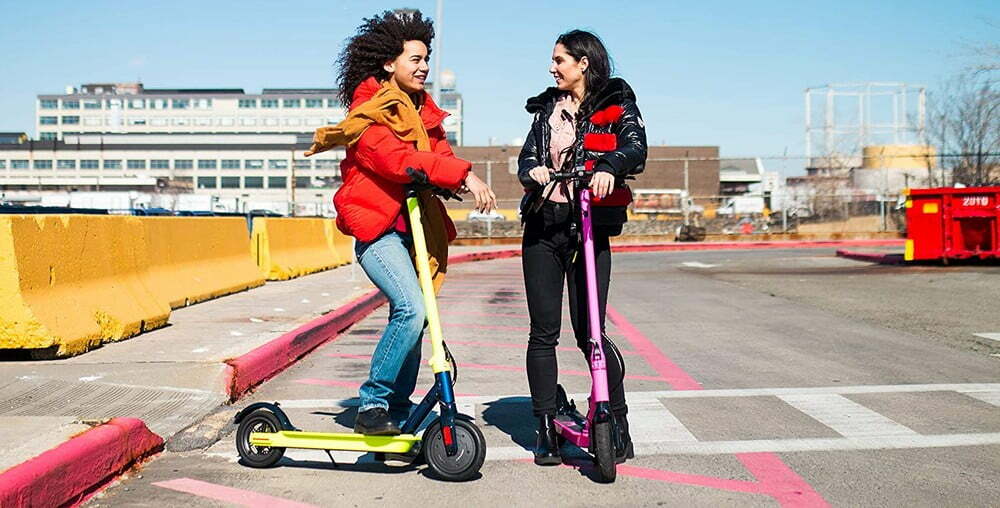













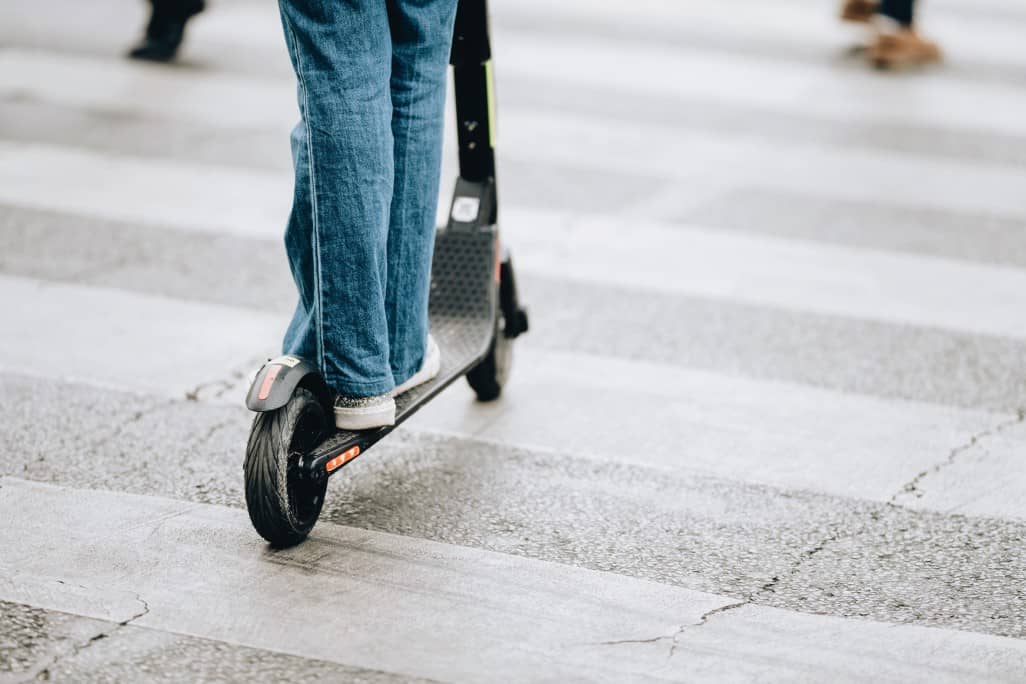
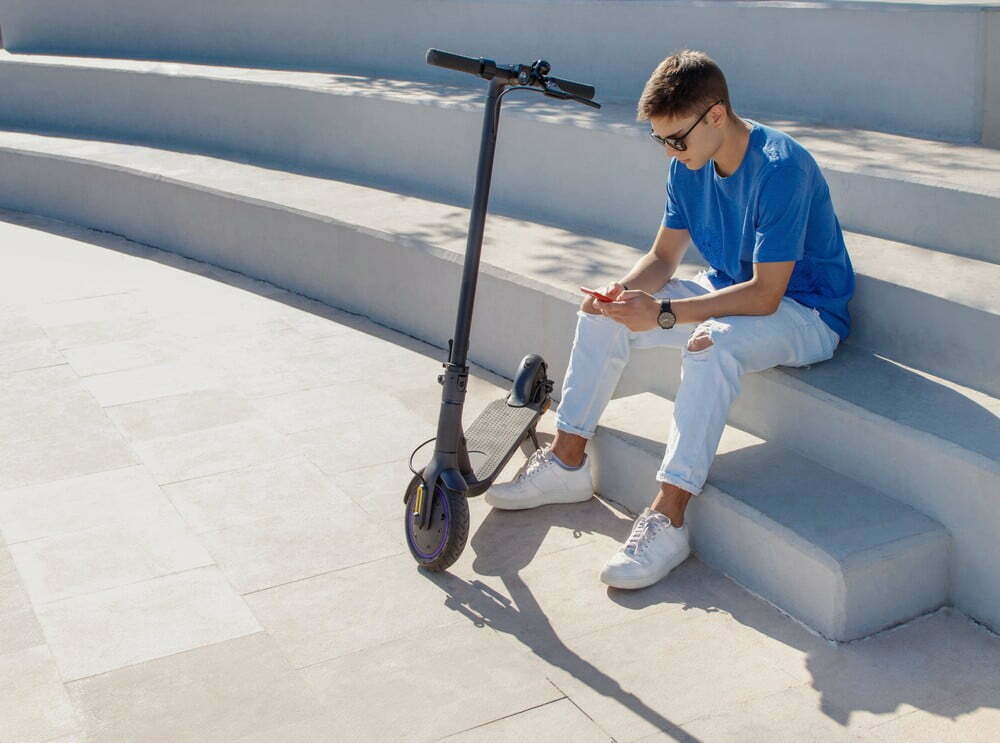

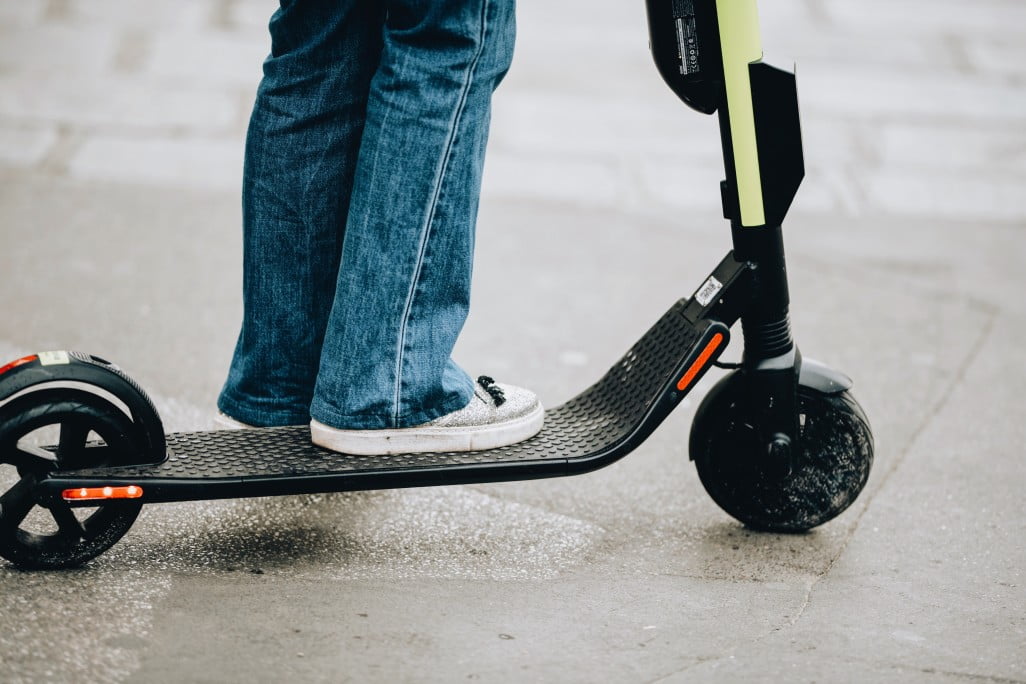
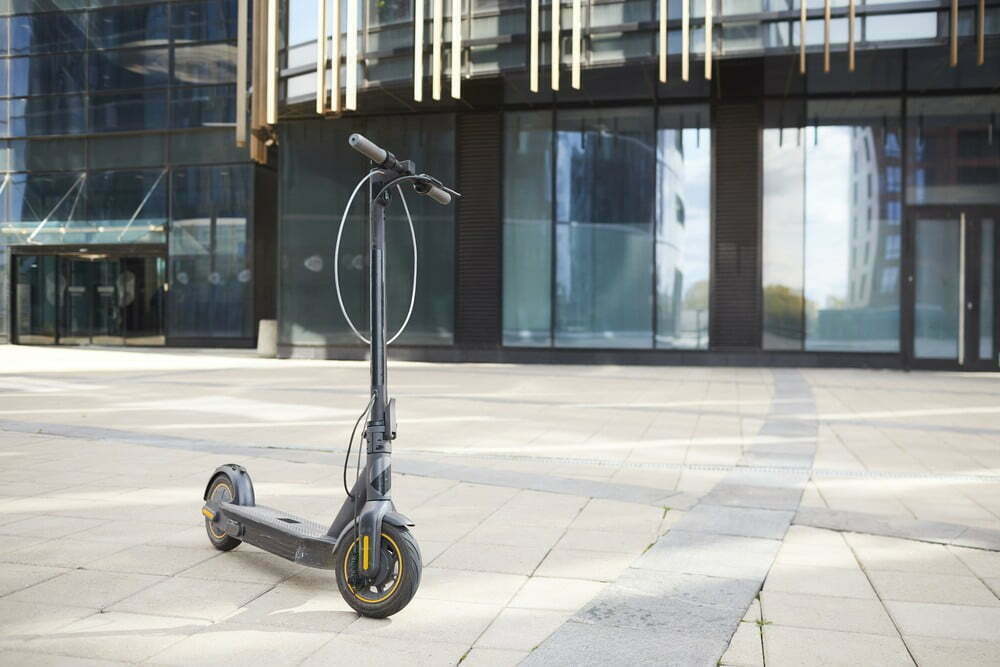
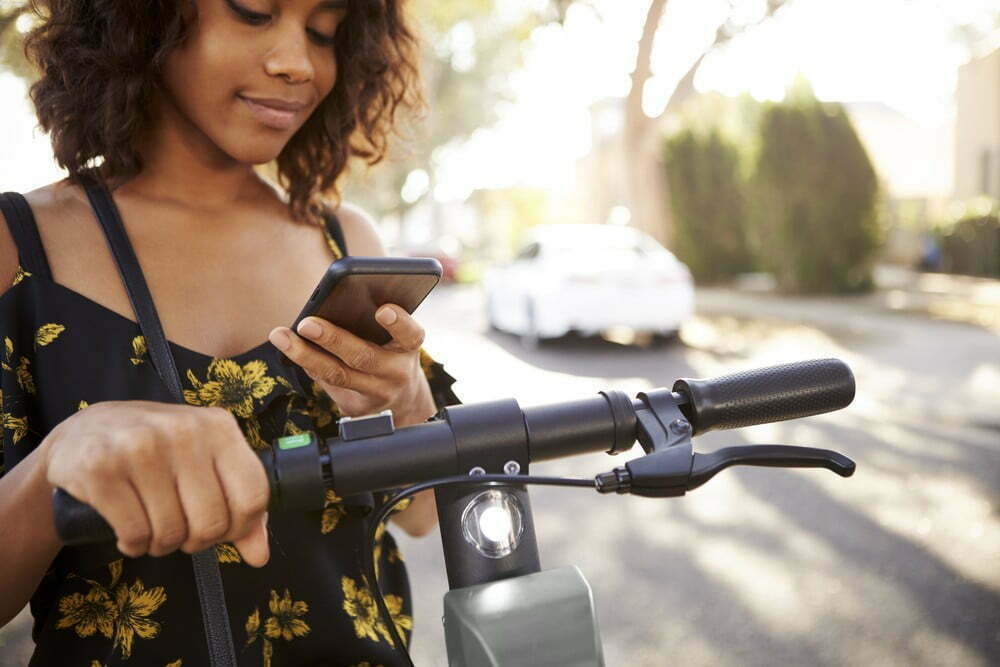


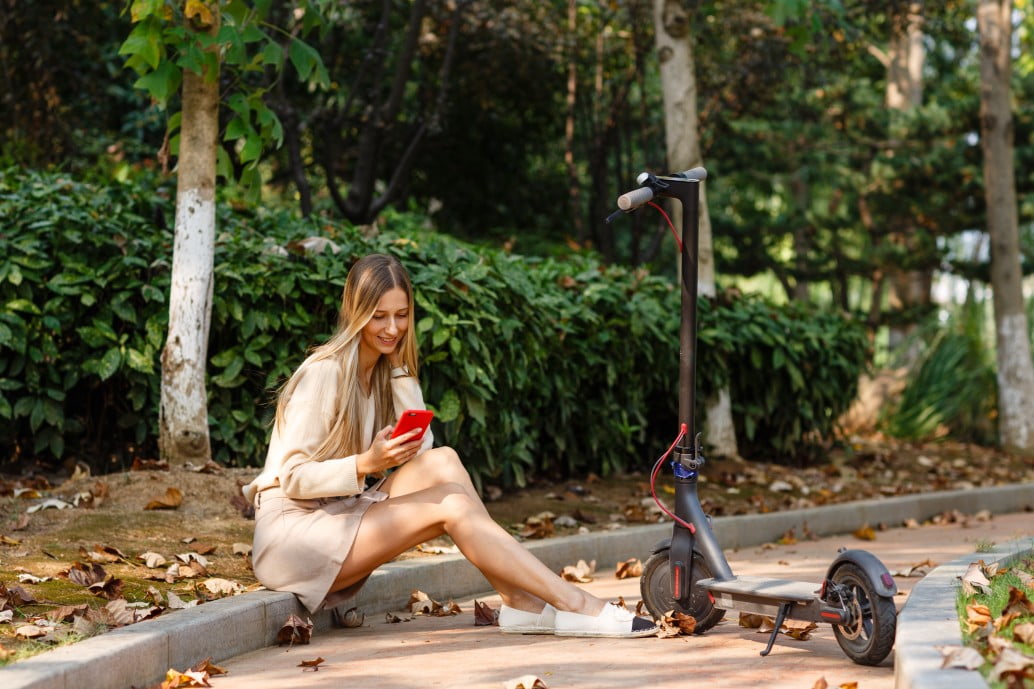
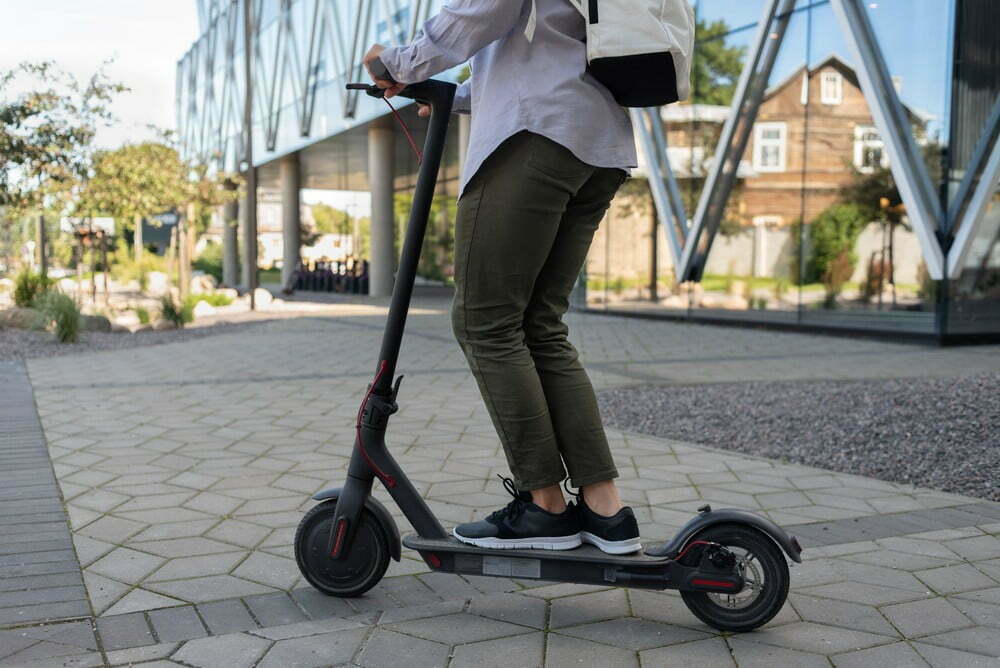
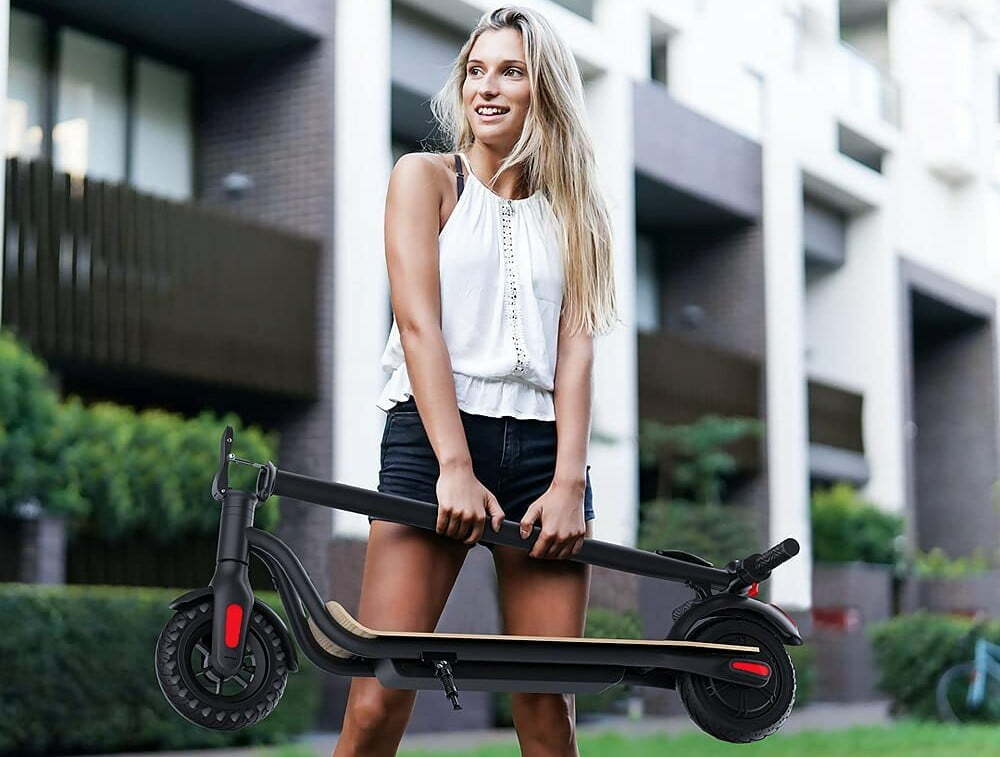
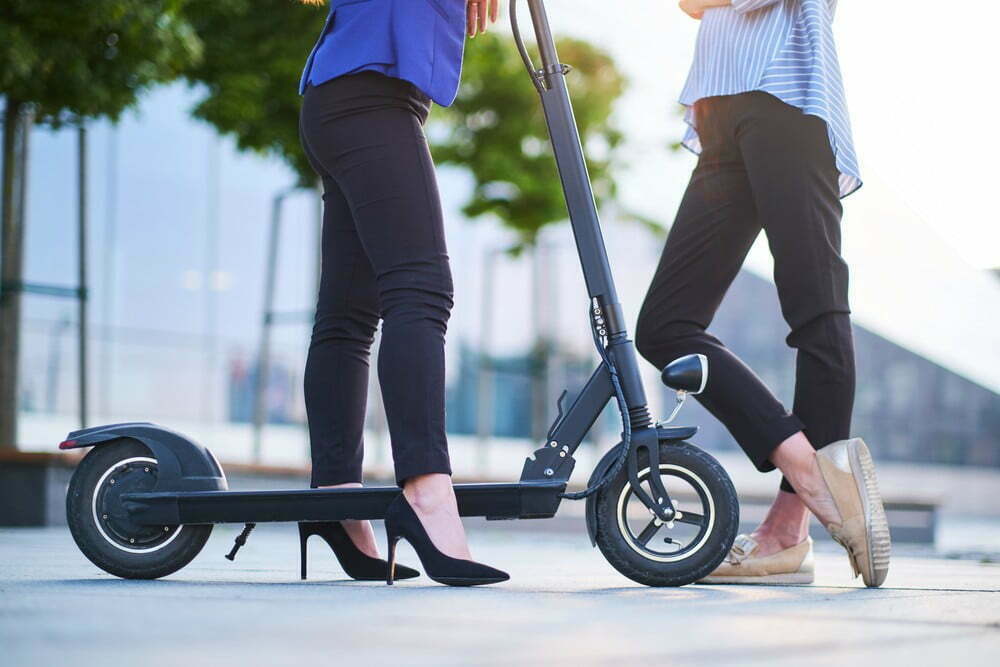
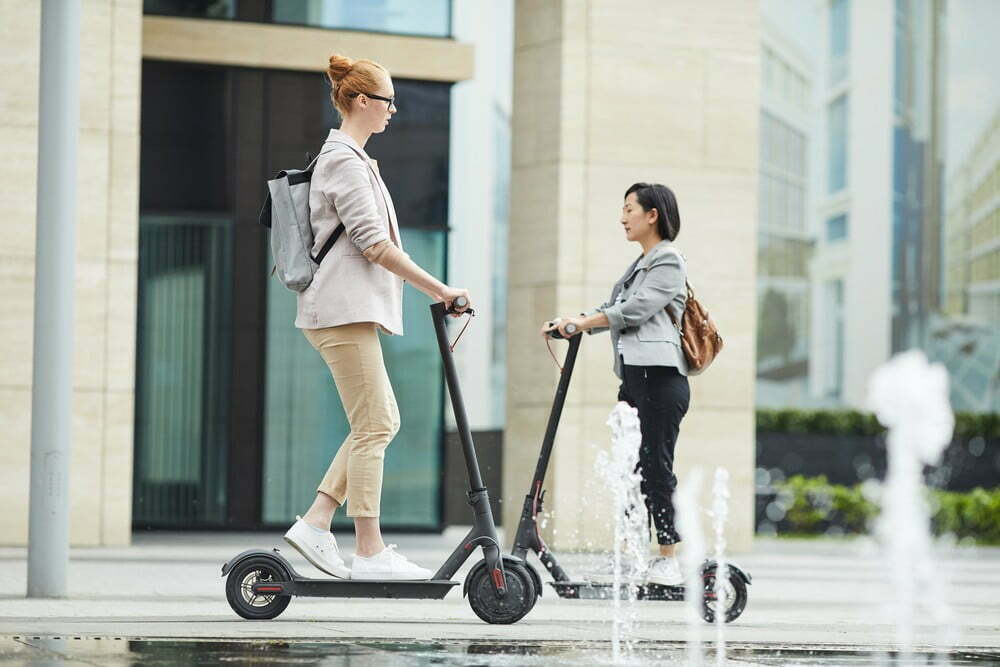
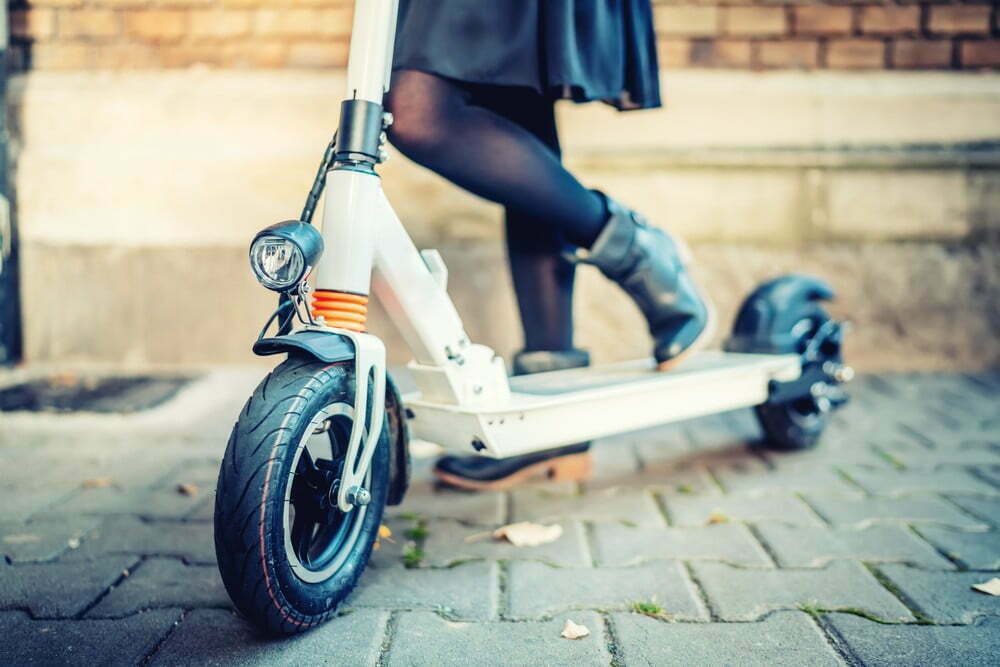
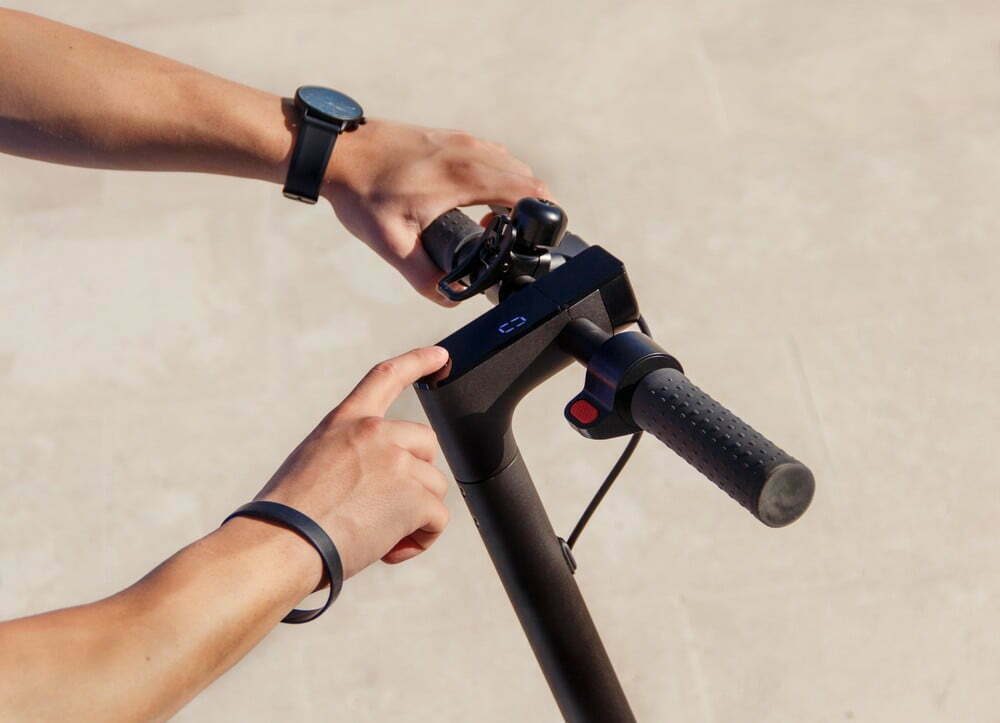
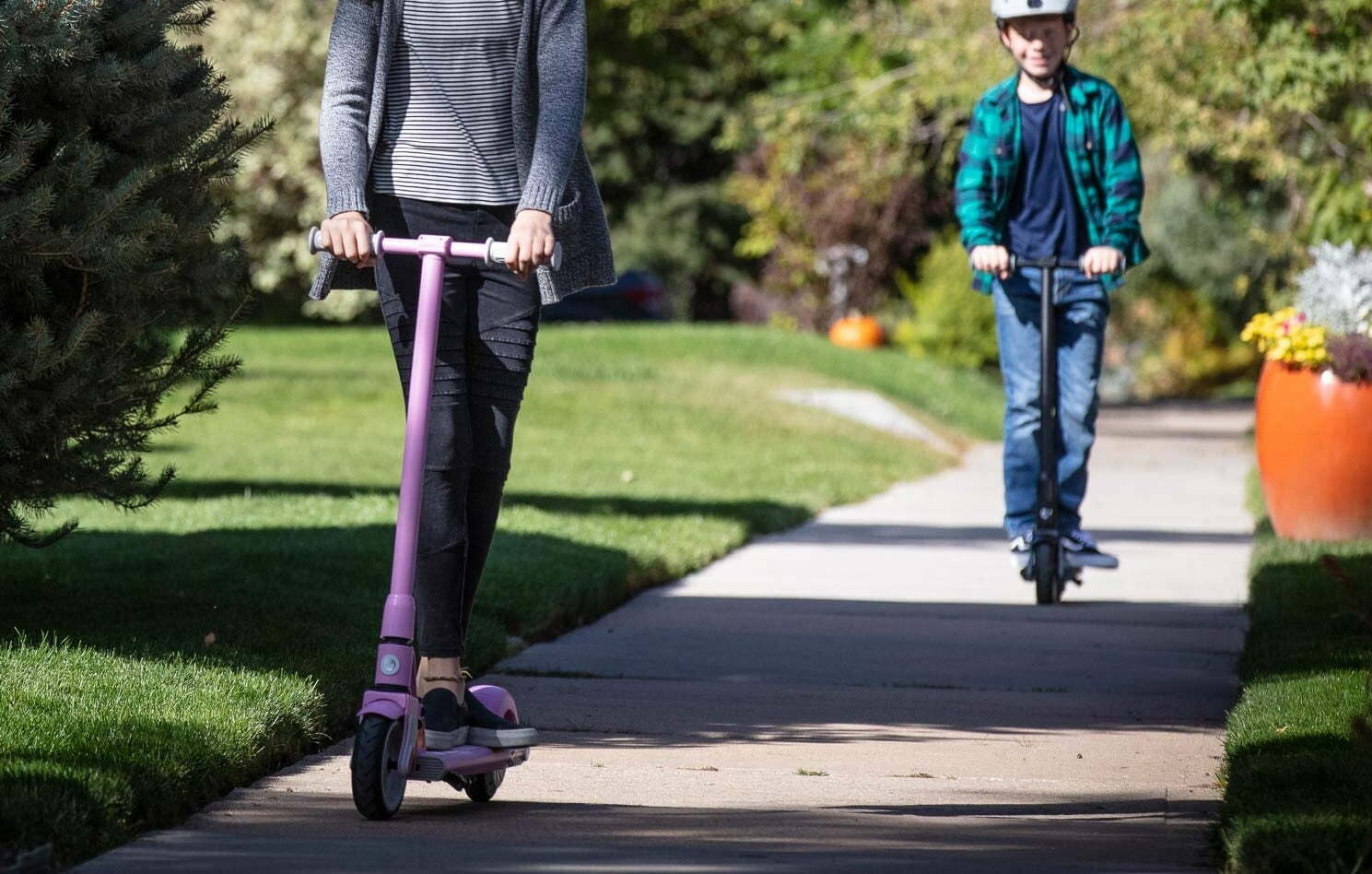
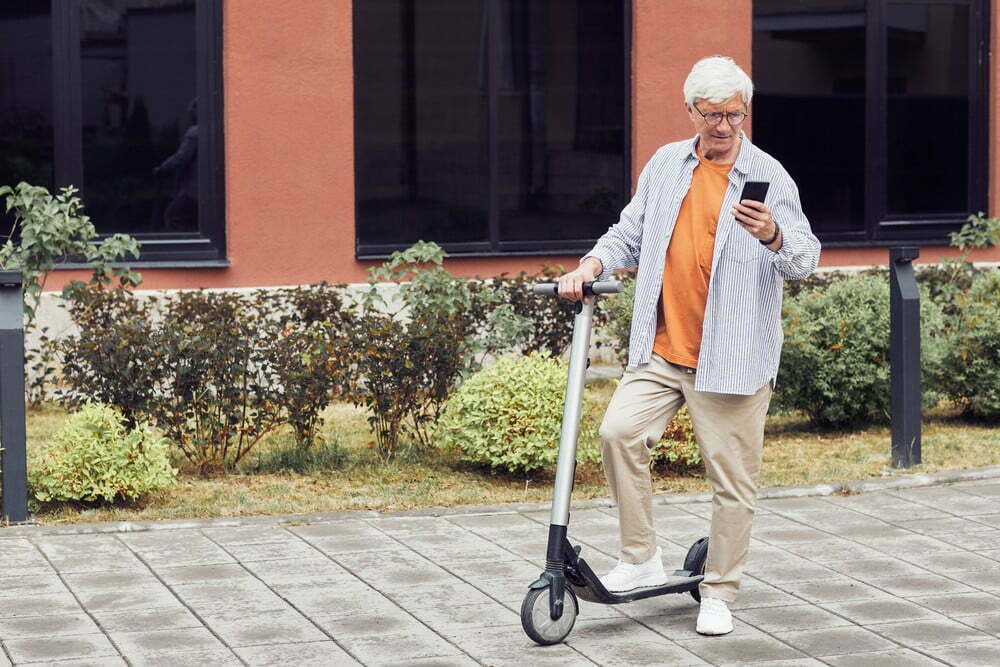
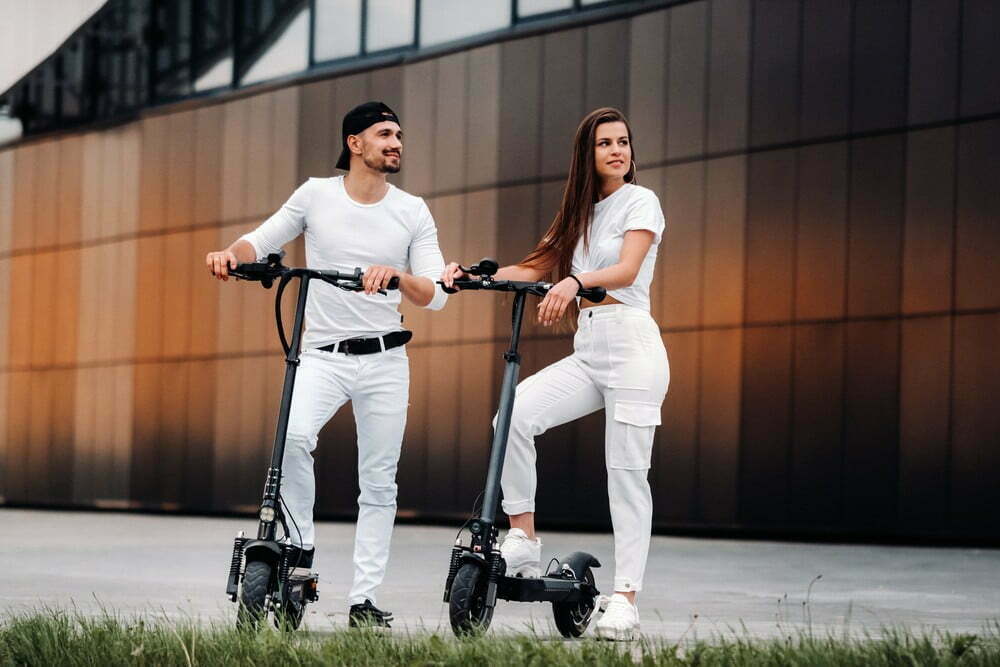
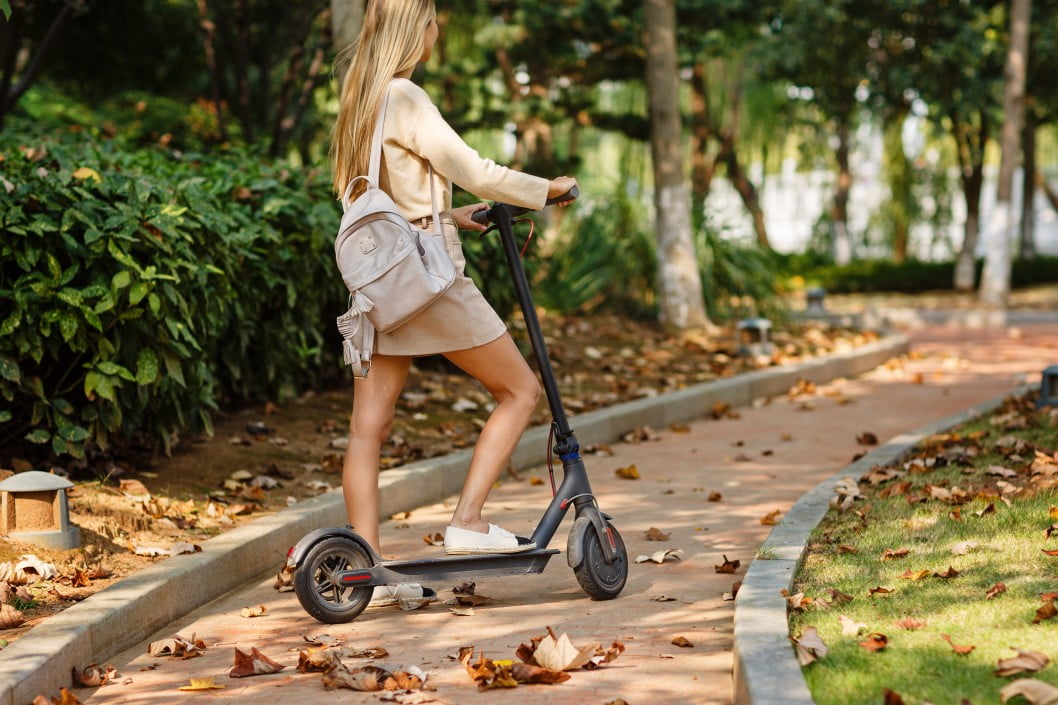
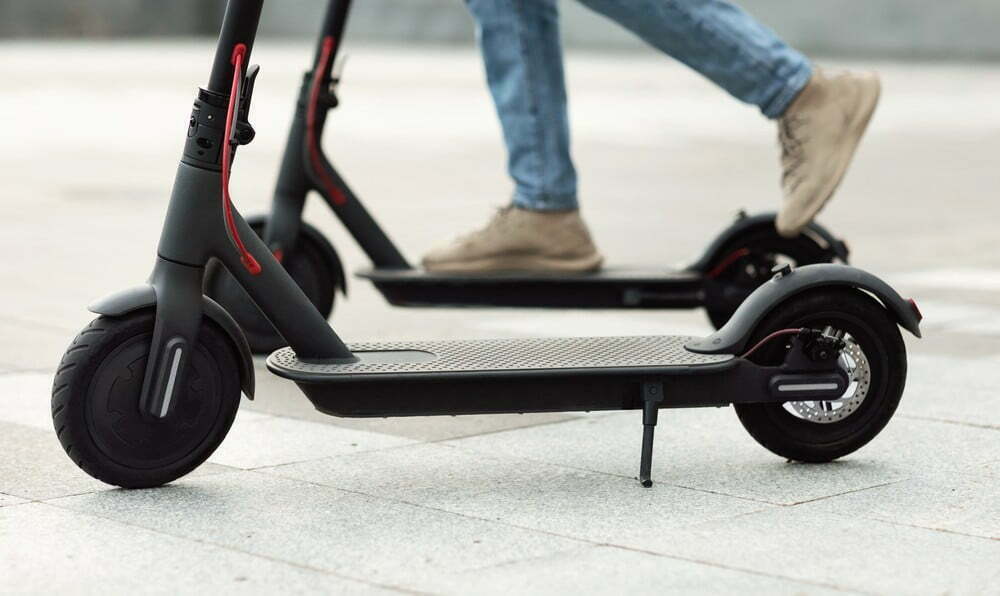
![Best Waterproof Electric Scooters in [year] 27 Best Waterproof Electric Scooters in 2025](https://www.gadgetreview.dev/wp-content/uploads/best-waterproof-electric-scooter-image.jpg)
![Fastest Electric Scooters for Adults in [year] 28 Fastest Electric Scooters for Adults in 2025](https://www.gadgetreview.dev/wp-content/uploads/fastest-electric-scooter-for-adults-image.jpg)
![Best Dual Motor Electric Scooters in [year] 29 Best Dual Motor Electric Scooters in 2025](https://www.gadgetreview.dev/wp-content/uploads/best-dual-motor-electric-scooter-image.jpg)
![Best Electric Scooters with Suspensions in [year] 30 Best Electric Scooters with Suspensions in 2025](https://www.gadgetreview.dev/wp-content/uploads/best-electric-scooter-with-suspension-image.jpg)
![What Is the Lightest Electric Scooter in [year]? 31 What Is the Lightest Electric Scooter in 2025?](https://www.gadgetreview.dev/wp-content/uploads/what-is-the-lightest-electric-scooter-image.jpg)
![Best Electric Scooters for College Students in [year] 32 Best Electric Scooters for College Students in 2025](https://www.gadgetreview.dev/wp-content/uploads/best-electric-scooters-for-college-students-image.jpg)
![Best Gotrax Electric Scooters in [year] 33 Best Gotrax Electric Scooters in 2025](https://www.gadgetreview.dev/wp-content/uploads/best-gotrax-electric-scooters-image.jpg)
![Best Helmets for Electric Scooter in [year] 34 Best Helmets for Electric Scooter in 2025](https://www.gadgetreview.dev/wp-content/uploads/best-helmet-electric-scooter-image.jpg)
![Best Electric Scooter Gloves in [year] 35 Best Electric Scooter Gloves in 2025](https://www.gadgetreview.dev/wp-content/uploads/best-electric-scooter-gloves-image.jpg)
![Best Phone Holders for Electric Scooter in [year] 36 Best Phone Holders for Electric Scooter in 2025](https://www.gadgetreview.dev/wp-content/uploads/best-phone-holder-for-electric-scooter-image.jpg)
![Best Lights for Electric Scooter in [year] 37 Best Lights for Electric Scooter in 2025](https://www.gadgetreview.dev/wp-content/uploads/best-lights-for-electric-scooter-image.jpg)
![Best Electric Scooter Horns in [year] 38 Best Electric Scooter Horns in 2025](https://www.gadgetreview.dev/wp-content/uploads/best-electric-scooter-horn-image.jpg)
![Best Electric Scooter Knee Pads in [year] 39 Best Electric Scooter Knee Pads in 2025](https://www.gadgetreview.dev/wp-content/uploads/best-electric-scooter-knee-pads-image.jpg)
![Best Electric Scooter Elbow Pads in [year] 40 Best Electric Scooter Elbow Pads in 2025](https://www.gadgetreview.dev/wp-content/uploads/best-electric-scooter-elbow-pads-image.jpg)
![Best Long Range Electric Scooters in [year] 41 Best Long Range Electric Scooters in 2025](https://www.gadgetreview.dev/wp-content/uploads/best-long-range-electric-scooter.jpg)
![Best Electric Scooter in [year] ([month] Reviews) 42 Best Electric Scooter in 2025 (December Reviews)](https://www.gadgetreview.dev/wp-content/uploads/best-electric-scooter-image.jpg)
![10 Best Folding Electric Scooters in [year] 43 10 Best Folding Electric Scooters in 2025](https://www.gadgetreview.dev/wp-content/uploads/best-folding-electric-scooters.png)
![10 Best Off Road Electric Scooters in [year] 44 10 Best Off Road Electric Scooters in 2025](https://www.gadgetreview.dev/wp-content/uploads/best-offroad-electric-scooter.jpg)
![10 Best Electric Scooters With Seat in [year] 45 10 Best Electric Scooters With Seat in 2025](https://www.gadgetreview.dev/wp-content/uploads/best-electric-scooters-with-seat.jpg)
